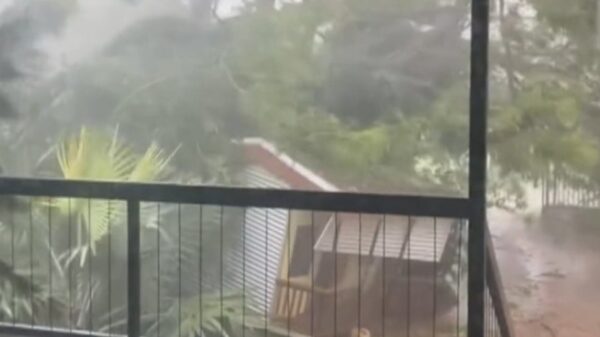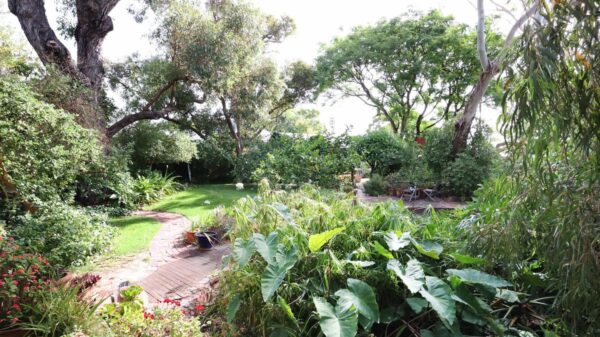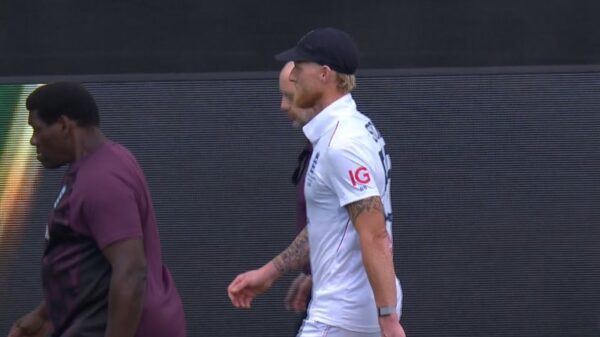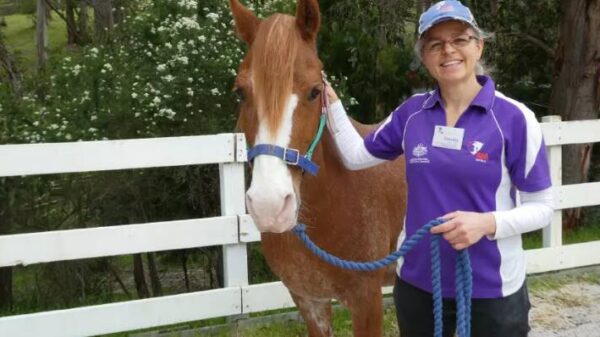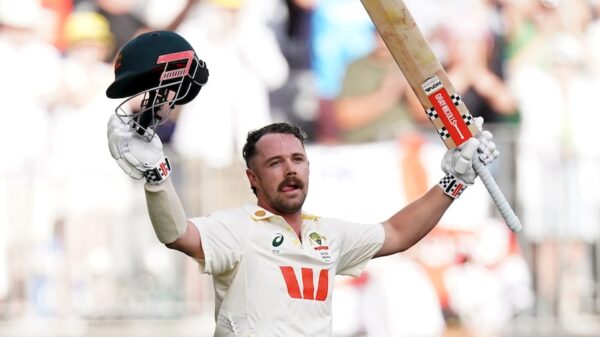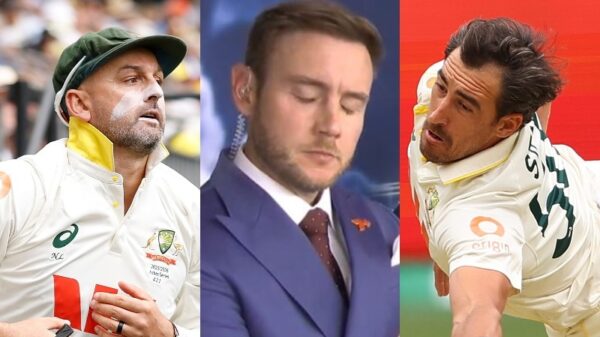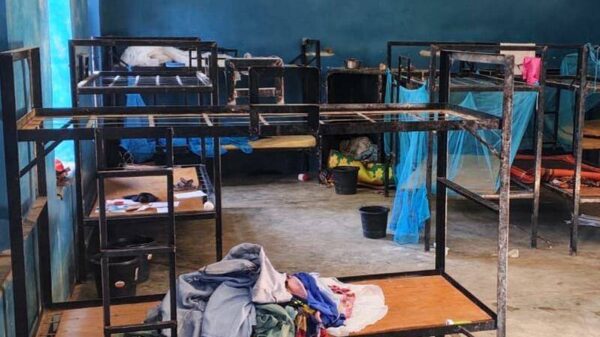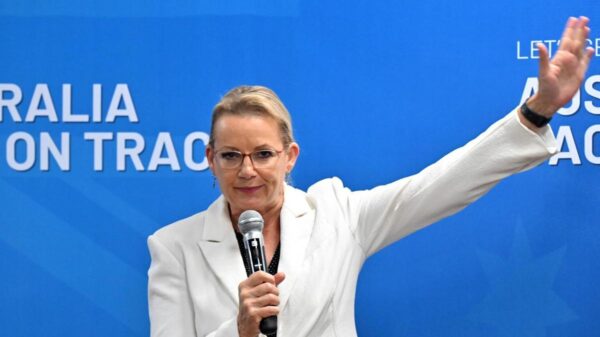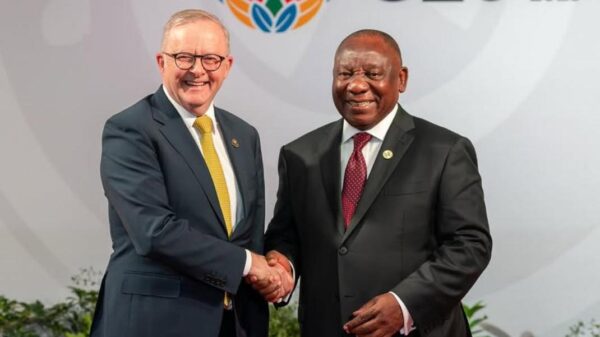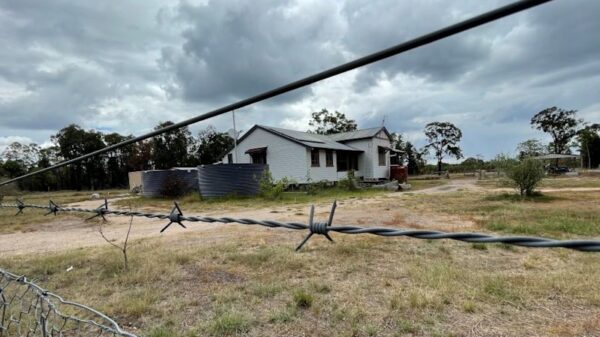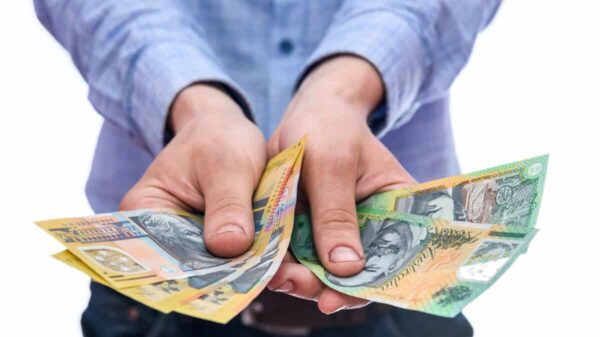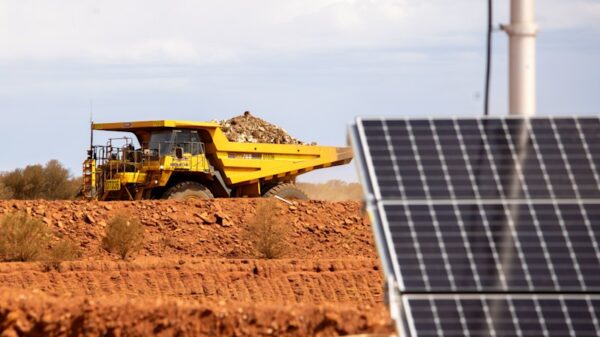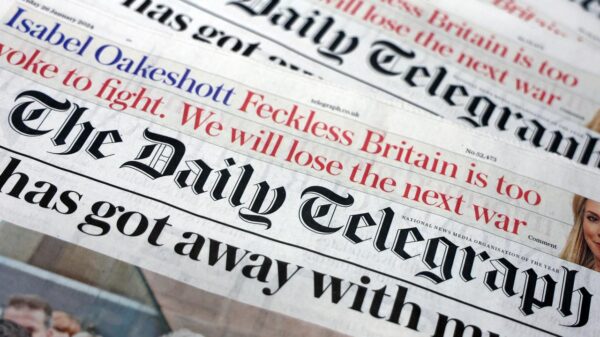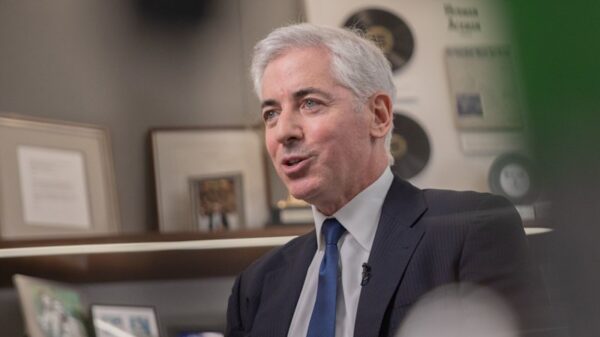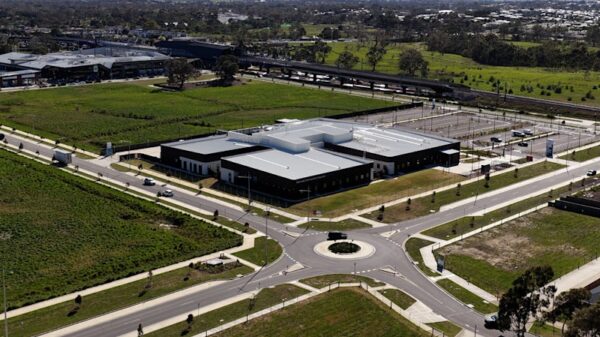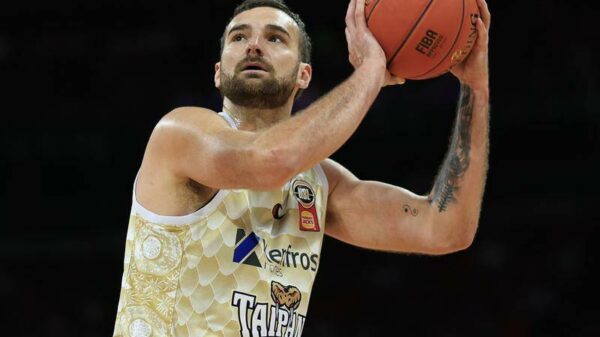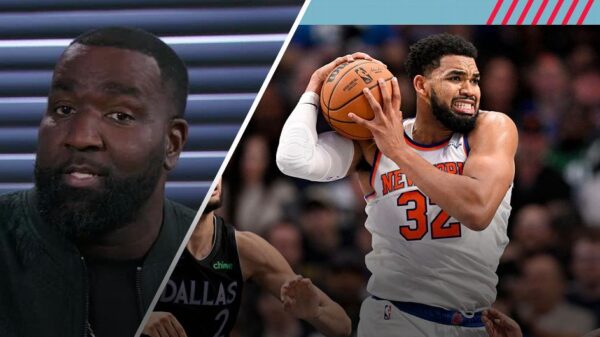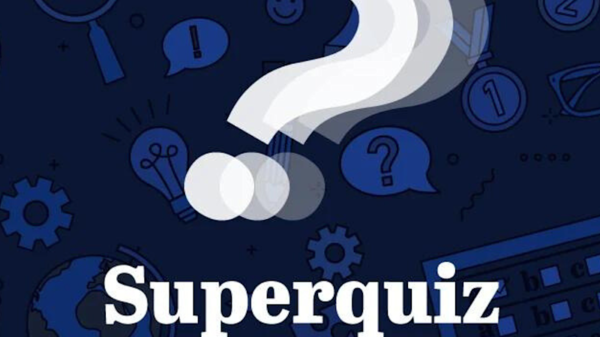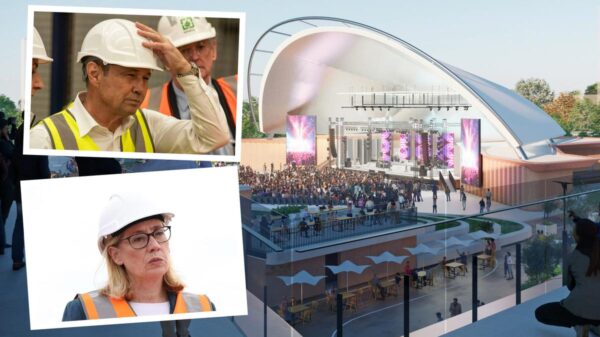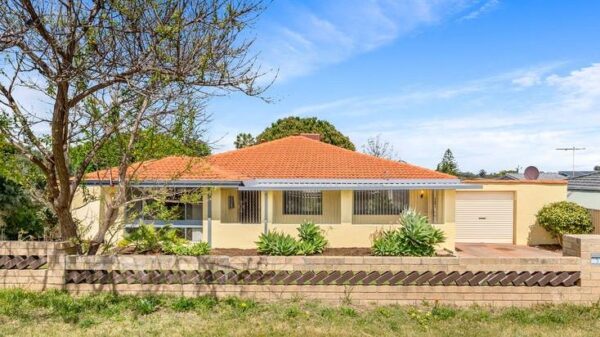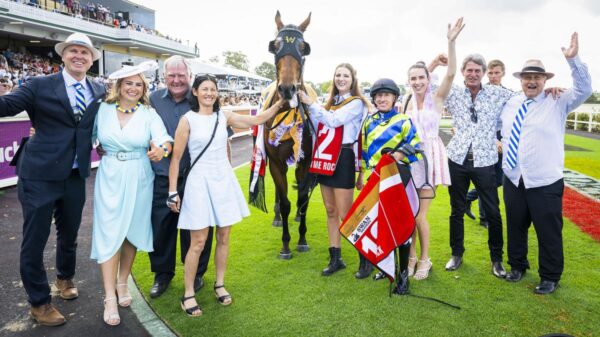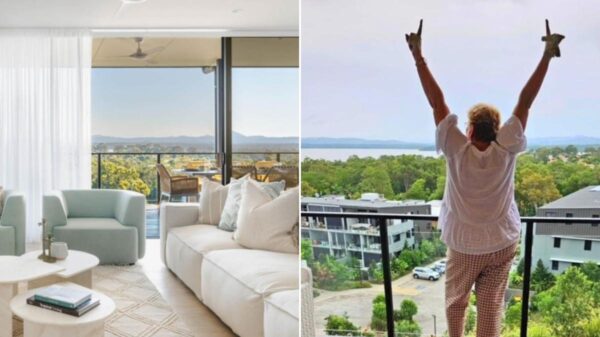Liberal leaders are actively attempting to rehabilitate the party’s image following significant internal strife and contentious debates at both state and national levels. Federal Opposition Leader Sussan Ley is emphasizing the issue of rising power prices as her colleagues have recently agreed to abandon their commitment to a net-zero emissions reduction target by 2050. This policy shift marks a substantial pivot towards fossil fuels, aiming to alleviate financial pressures on households and businesses.
Ley has highlighted the link between escalating energy costs and the struggles faced by manufacturing firms in Victoria. In an interview with Sydney radio station 2GB, she stated, “Victorians are really hurting, they really are and a lot of this comes down to manufacturing.” The challenge for Ley lies in addressing the party’s reversal on emissions policy, particularly in urban areas where climate change is a key concern for voters. The Liberals suffered considerable losses in inner-city electorates during the May election, diminishing their presence in these critical regions.
Despite these challenges, recent polling suggests a potential upswing for the Liberals in Victoria. A survey published in The Australian indicates that newly appointed state leader Jess Wilson is perceived as the preferred premier by nearly half of respondents, compared to Jacinta Allan, the current premier, who garnered support from just 33 percent of those surveyed. The coalition currently holds a narrow 51-49 lead in the two-party preferred vote, signaling a shift in public sentiment.
In contrast, Kellie Sloane, the newly appointed NSW Opposition Leader, faces a daunting task in revitalizing her party’s fortunes. Her leadership comes at a time when the Liberal Party is grappling with internal divisions, particularly concerning the climate policy debate which has strained relationships within the national party room. Sloane will also need to navigate tensions with state Nationals and federal colleagues following the decision to abandon the net-zero emissions target, a commitment that the party had previously endorsed.
Polling expert Kos Samaras has indicated that without a robust climate policy, the Liberals risk further alienating inner-city voters. Only 10 percent of Gen Z, identified as a demographic particularly engaged with climate issues, currently support the party. In stark contrast, the Labor Party enjoys a substantial 51 percent primary vote among the same group. Additionally, the Liberals have struggled to connect with multicultural communities, with only 17 percent of diverse Australians indicating support for the party, compared to 46 percent for Labor.
In response to these challenges, Ley is expected to announce a migration plan in the coming weeks. This follows a period of contentious debates among party moderates and conservatives on energy policy, which has at times undermined her leadership. The Liberal Party’s push to reduce Australia’s immigration intake has been met with criticism, as negative rhetoric towards migrants has driven many from diverse communities away from the party.
Sloane’s initial actions as NSW Liberal leader included a visit to Little India in Harris Park, a multicultural area in western Sydney. During the visit, she engaged with local businesses and community members, signaling the party’s intent to reconnect with diverse populations and regain ground in the city’s suburbs.
As the Liberal Party navigates these turbulent waters, the effectiveness of their strategies in addressing climate policy and appealing to multicultural voters will be crucial in determining their electoral prospects moving forward.


